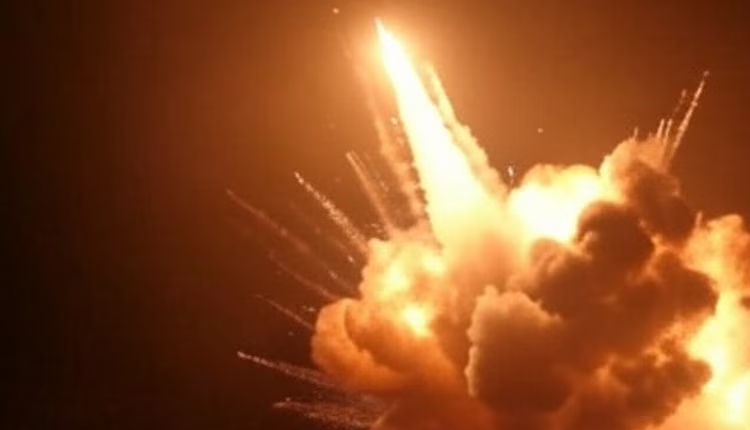New Delhi: In a breathtakingexhibition of military finesse, India‘s Operation Sindoor dealt a devastating blow to Pakistan‘s air defense system and terror infrastructure, completingthe mission within23 minutes on May 8. The Indian Air Force (IAF), employingsophisticated electronic warfare strategies, jammed Pakistan‘s Chinese-provided radar systems, allowing Rafale aircraft and kamikaze drones to targetcritical military and terror targets with precision accuracy, revealingweaknesses in Pakistan‘s defenses.
Operation Sindoor was launched in response to the April 22 Pahalgam terror attack in which 26 civilians were killed. It targeted nine locations, including terror camps associated with Lashkar-e-Taiba (LeT) and Jaish-e-Mohammed (JeM) in Pakistan and Pakistan-occupied Kashmir (PoK). Conducted between 1:05 a.m. and 1:28 a.m., the raid involved the neutralisation of critical air defence radars, including one in Lahore, and the destruction of bases like Nur Khan in Rawalpindi and Rahim Yar Khan in Punjab, where Indian forces had learnt that early-warning Ilyushin-76s had been stationed. The Ministry of Defence has released satellite images showing gigantic craters and charred remains of wreckage beaming down on Nur Khan, a nexus for the country’s Air Mobility Command, converted to rubble.
The HQ-9 and LY-80 systems that Pakistan had deployed did not detect the incoming strikes, and the IAF Rafale jets armed with SCALP missiles and HAMMER bombs flew over them. Indigenous loitering munitions — “kamikaze drones” — that circled targets destroyed high-value assets such as radar systems and command and control centres.
Indian airspace was shielded from Pakistani retaliatory drones and missiles by the Akash and S-400 systems. At the same time, the success of the operation hinged on India’s Integrated Air Command and Control System (IACCS) for coordination of strikes. Fragments of Chinese PL-15 missiles and Turkish Yiha drones were among the debris recovered from the sites, which highlights the country’s dependence on foreign technology.
May 12 press briefing by Air Marshal AK Bharti showcasing destruction videos: “No assets of India were lost; all strikes were conducted from this side of the Line of Control.”
The operation killed over a hundred terrorists, including five senior-level operatives from LeT and JeM each, and caused significant damage to 11 Pakistani air bases, with 35–40 military personnel reportedly being skittled to the ground. If you remember, Pakistan claimed to have downed Indian jets, including a Rafale. While it said so, India found the wreckage on its side of the border, indicating that all the losses occurred as a result of interceptions within Indian territory and not the other way around—which is what Pakistan was claiming (the downing of Indian jets).
Turn midnight to Pakistan, which laser-locked 15 cities in India, including Srinagar and Amritsar, with its drones and missiles retaliating to the attack and managed to inflict heavy damage; no sooner their bombs fell than India’s multi-layered defence neutralised them.
Over 300 drones were exterminated using L-70s and Schilkas, and electronic countermeasures and damage, barring minor incidents, were negligible. On May 8, Pakistan raised the ante with shelling, which killed 16 civilians in Jammu and Kashmir, forcing a condemnation and a ceasefire on May 10.
It was a statement to the world: India will not compromise on its zero-tolerance policy on terrorism with the backing of military-grade technology and determination. Defence Minister Rajnath Singh asserted that India exercised restraint during the air strike, stating, “We targeted only terror assets and did not hit any civilian or military targets.
We carefully selected the appropriate targets, as we were fully aware of our planned actions. Pakistan, for its part, has been shaken by the strikes, which were at the heart of the nation’s military headquarters in Rawalpindi, with analysts declaring a “total collapse” in defensive morale.
Ordnance Factory Hyderabad (OFH) Produces New Variant of Multifunction Automated Guided Missile as India Expands Its Arsenal; As India Expands Its Complement of Various Kinds of Missiles and the Art of Employment of These Systems, Operation Sindoor is a New Chapter of Strategic Operations Transpiring in Less Than Half an Hour.



Comments are closed.